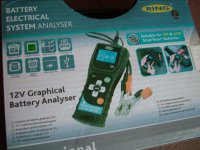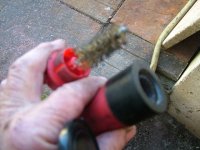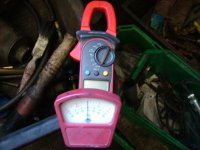ThomasK
New member
Hi,
I'm having an issue with the starter on my 1970 Fiat 500F.
The car has a pull-type starter, and it no longer starts as it normally would. When I pull the starter using a fully charged battery, it sometimes cranks very slightly, but that’s all. It cannot start the engine.
However, when I use my jump starter (which delivers up to 800A), the starter cranks and engine starts perfectly.
This issue began after a previous ignition failure. During the troubleshooting process of that previous issue, I had to attempt several starts, which seems to have weakened the starter’s performance when using the car’s own battery. That said, it still sounds (and cranks) completely normal when using the jump starter.
Here’s a video showing the starter in action with a brand-new 12V 45Ah 400A car battery:
The starter gets slightly warm during the attempt, as seen in the video.
I’ve inspected the starter brushes and the starter switch (see below for details). I’m considering replacing both, but I’m unsure whether that would actually solve the problem.
Before I order any spare parts, I’d really appreciate your thoughts:
What do you think could be causing the issue?
I have attached some photos of the starters condition.
I'm having an issue with the starter on my 1970 Fiat 500F.
The car has a pull-type starter, and it no longer starts as it normally would. When I pull the starter using a fully charged battery, it sometimes cranks very slightly, but that’s all. It cannot start the engine.
However, when I use my jump starter (which delivers up to 800A), the starter cranks and engine starts perfectly.
This issue began after a previous ignition failure. During the troubleshooting process of that previous issue, I had to attempt several starts, which seems to have weakened the starter’s performance when using the car’s own battery. That said, it still sounds (and cranks) completely normal when using the jump starter.
Here’s a video showing the starter in action with a brand-new 12V 45Ah 400A car battery:
The starter gets slightly warm during the attempt, as seen in the video.
I’ve inspected the starter brushes and the starter switch (see below for details). I’m considering replacing both, but I’m unsure whether that would actually solve the problem.
Before I order any spare parts, I’d really appreciate your thoughts:
What do you think could be causing the issue?
I have attached some photos of the starters condition.
- Model
- Fiat 500F
- Year
- 1970
- Mileage
- 98600
Attachments
-
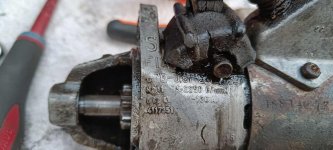 511988395_2871978422973693_5889579080534520410_n.jpg118.2 KB · Views: 50
511988395_2871978422973693_5889579080534520410_n.jpg118.2 KB · Views: 50 -
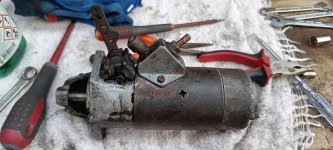 516755077_739794768547659_6111199032401102591_n.jpg132.8 KB · Views: 25
516755077_739794768547659_6111199032401102591_n.jpg132.8 KB · Views: 25 -
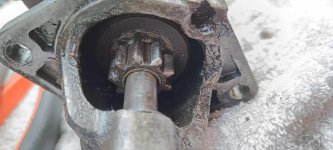 515986629_1776951596565636_6961161856310799439_n.jpg89.5 KB · Views: 26
515986629_1776951596565636_6961161856310799439_n.jpg89.5 KB · Views: 26 -
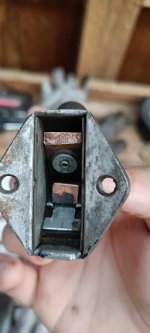 515923762_1801133607116659_5626986924645660331_n.jpg78 KB · Views: 23
515923762_1801133607116659_5626986924645660331_n.jpg78 KB · Views: 23 -
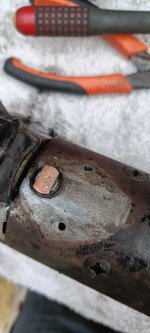 516502324_1233760868063724_1064737887858089065_n.jpg96.4 KB · Views: 24
516502324_1233760868063724_1064737887858089065_n.jpg96.4 KB · Views: 24 -
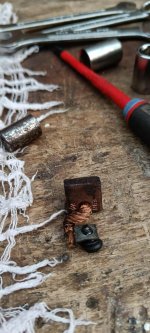 514870486_1475382790542892_1233978388547572884_n.jpg130.8 KB · Views: 25
514870486_1475382790542892_1233978388547572884_n.jpg130.8 KB · Views: 25


